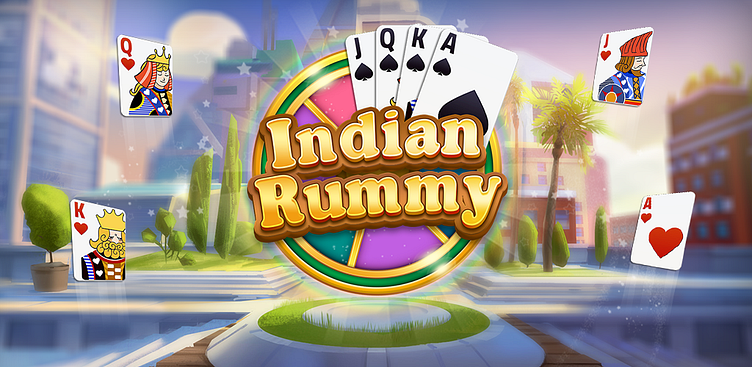Indian Rummy Card Game Ui
Designing the user interface (UI) for an Indian Rummy card game involves creating a visually appealing and user-friendly environment that enhances the gameplay experience. Here's an overview of key elements you might consider when designing the UI for an Indian Rummy game:
Theme and Visual Style: Embrace the Indian theme by incorporating vibrant colors, traditional patterns, and cultural motifs that reflect the rich heritage of India. You could draw inspiration from various regions, festivals, and art forms to create a unique and captivating visual style.
Menu and Navigation: Design an intuitive main menu that allows players to easily navigate through different sections of the game, including playing modes (single-player, multiplayer), tutorials, settings, and more. Clear icons and labels should guide players to their desired destinations.
Game Lobby: Create a welcoming lobby where players can choose from various game modes, including practice matches, cash games, and tournaments. Display relevant information such as entry fees, prize pools, and player counts.
Table Design: The game table is where the action happens. Design a visually appealing tabletop that includes the card decks, player avatars, and space for melds (card combinations). The table should provide ample space for cards to be arranged and organized.
Card Design: The design of the playing cards should be clear and easily distinguishable. Incorporate Indian design elements while ensuring that the suits (hearts, diamonds, clubs, spades) are clearly recognizable. Use easy-to-read fonts for card values and suits.
Card Animations: Add smooth and visually pleasing animations for actions like drawing a card, discarding, and melding. These animations enhance the immersive experience and make gameplay more engaging.
Player Avatars and Chat: Allow players to choose avatars or profiles that resonate with the Indian theme. Implement a chat feature that enables players to interact, congratulate each other, and discuss strategies during the game.
Tutorial and Help: Provide a detailed tutorial for new players to understand the rules and strategies of Indian Rummy. Ensure that rules are explained clearly and concisely, and offer a help section where players can refer back to rules during gameplay.
Scoreboard and Statistics: Display the scores, rounds won, and relevant statistics prominently on the screen during gameplay. A scoreboard helps players keep track of their progress and stay engaged.
Notifications and Feedback: Use notifications to inform players about their turn, updates, and achievements. Feedback animations for valid and invalid moves contribute to the overall responsive and satisfying experience.
Settings and Sound: Allow players to customize their experience by adjusting settings such as sound effects, animations, and language preferences. Ensure that sound effects complement the Indian theme without being overwhelming.
End-of-Game Screens: Create celebratory screens for winners and acknowledgment screens for all players at the end of each round or game. Use animations and visuals to make winning rewarding and participation fulfilling.




